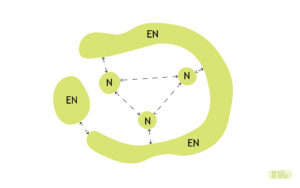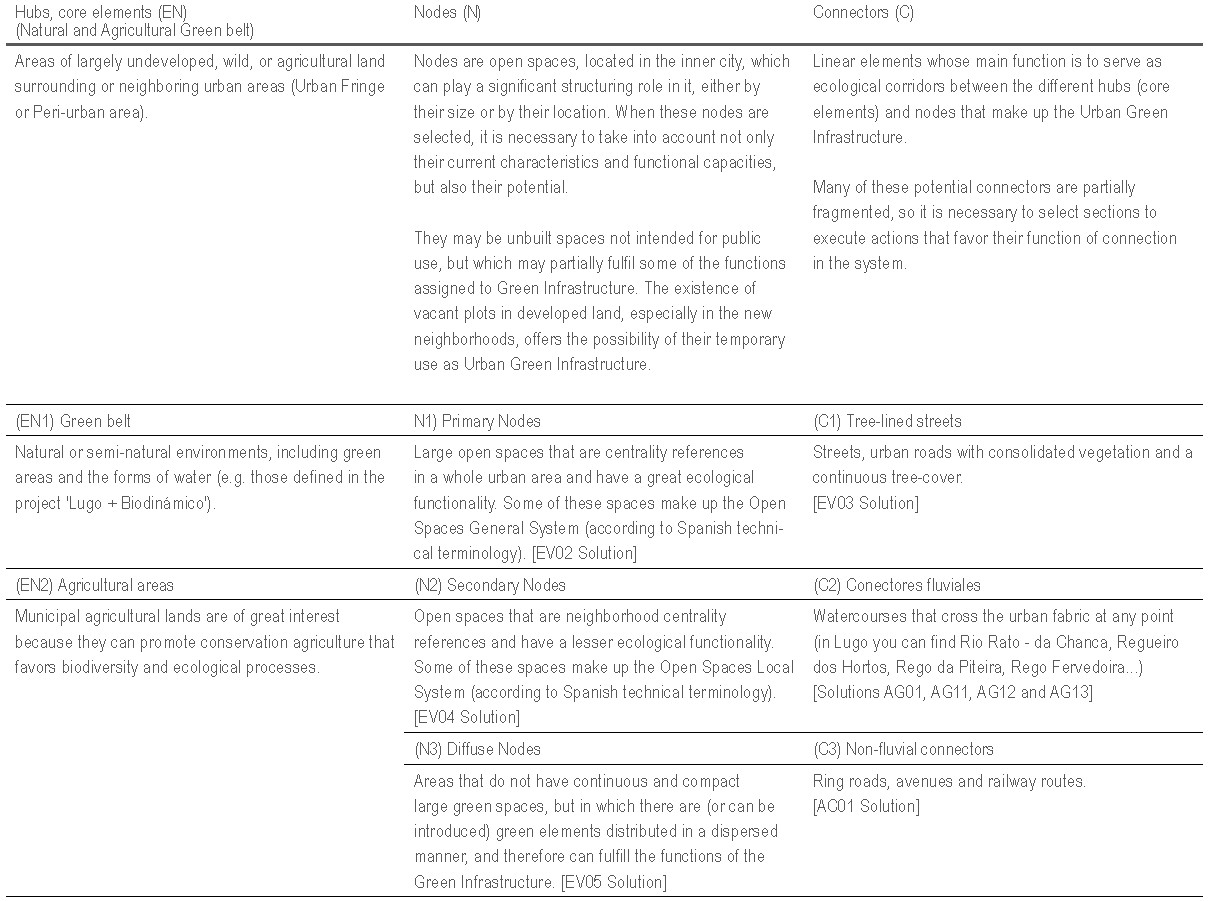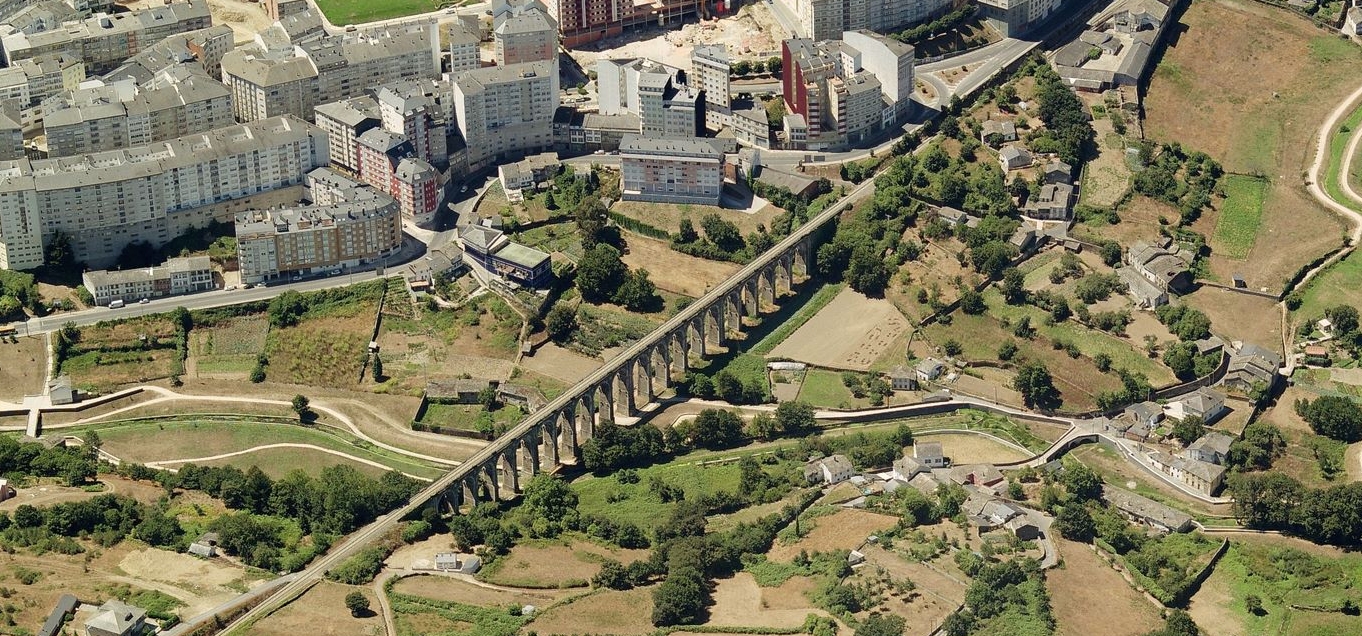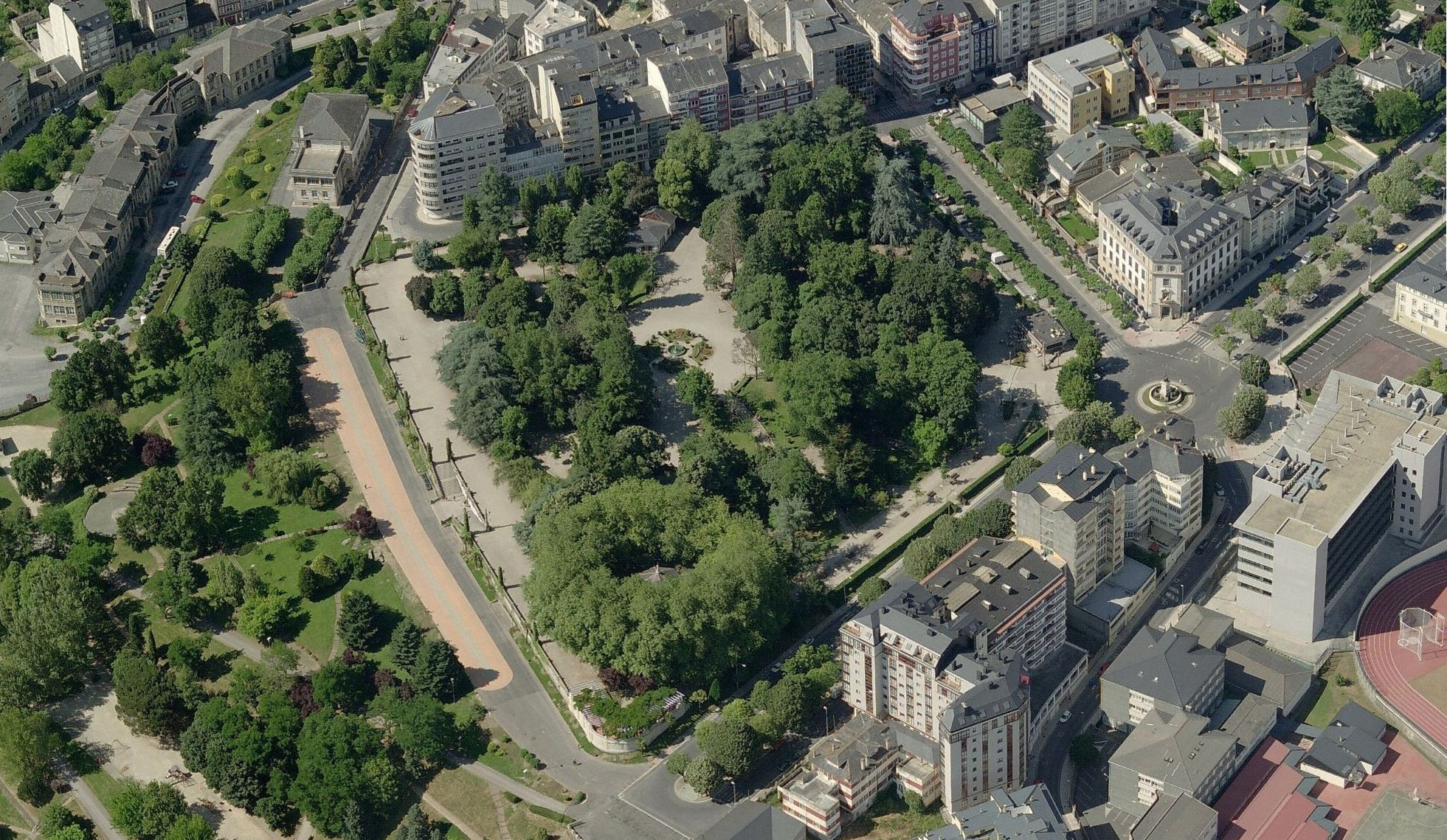EV01 URBAN GREEN INFRASTRUCTURE (UGI) PRIMARY SYSTEM
Planning of a basic and interconnected network of green spaces and elements

Aim
To plan a primary and interconnected network of green spaces and elements acquiring an ecosystem functionality. This network will be transferable to urban planning and other instruments involved in the design and management of public space.
Why?
Urban green infrastructure (UGI) aims to improve and enhance ecosystem services in the city. It includes urban green spaces (tree-lined roads and streets, parks and gardens, green sports areas, urban orchards, etc.), other semi-natural or artificial elements (green facades and roofs, rain gardens, permeable pavements, etc.). It also incorporates new designs and more efficient management models that emulate natural processes and improve urban biocapacity. Green Infrastructure is planning, and therefore it is based on objectives, taking as a reference the model developed in Vitoria-Gasteiz:
► Biodiversity: UGI aims to increase spatial connectivity.
► Ecosystem services: UGI boosts urban metabolism processes similar to natural ones, decreasing the consumption of natural resources.
► Ecosystem services: UGI seeks to create environments that favor the health, collective well-being and general liveability of cities.
► Climate change adaptation and mitigation: UGI aims to mitigate urban heat islands (UHI), favour CO2 capture through photosynthetic processes, increase the resilience of the urban environment and reduce its vulnerability.
► Sociality: UGI promotes the multifunctionality of public spaces, increasing opportunities for leisure and recreation, increasing accessibility and connections between urban and rural environments, preserving cultural heritage and traditional landscapes and fostering a sense of identity and belonging.
► Awareness: UGI establishes and communicates a certain relationship between nature-biodiversity and society, and particularly about ecosystem goods and services, including their economic valuation.
►Economy: UGI contributes to economic development through green employment.
¿Cómo?
Through the implementation of a primary system (PS) of urban green infrastructure (UGI) made up of the following features (Vitoria-Gasteiz case)
► Hubs (core elements): Areas with a high degree of wilderness and well preserved that are located on the periphery of a city (Urban Fringe or Peri-urban area).
► Nodes: Green spaces located in the inner city. These spaces are the structuring elements of the Urban Green System according to their location and/or size.
► Connectors (links): Linear element whose main function is to facilitate the connection between hubs (core elements) and nodes.
This Primary System, which would support and feed the rest of green spaces and the city itself, is proposed as a first technical approach, allowing the incorporation of other visions and sectorial approaches to enrich it. The elements are those with the potential to fulfil all or some of the ecosystem functions of the Primary System. In the city, all green areas, both urban parks and interstitial spaces associated with roads, streets or facilities, as well as empty plots (even those lacking vegetation with permeable soils), can be integrated into the Green Infrastructure.
The following table shows the components of the Primary System classified by features.

 EN1_Río Rato – A Chanca
EN1_Río Rato – A Chanca
 N1_Parque de Rosalía
N1_Parque de Rosalía
 C1_Ronda de Fingoi
C1_Ronda de Fingoi
CITY SCALE INTERVENTION

ISSUES AFFECTED
SUITABLE TO BE COMBINED WITH OTHER SOLUTIONS
MEASURE METHOD
Indicator
Strategic action
(I1) Green area per inhabitant
Unidad
(I1) SvHab (m²/hab)
Minimum goal
(I1) SvHab > 10 m² / hab
Desirable goal
(I1) SvHab > 15 m² / hab
Measurement method / Formula
(I1) SvHab = [A / B]
A: Total green area (m²)
B: Number of inhabitants
PLANNING LEVEL
Regional planning
Urban planning
Natural resource management plans
people INVOLVED
Local government technicians
Regional/General administration technicians
Water and natural resource managers, etc.
POSIBLE ACTIONS DEVELOPED BY THE ADMINISTRATION:
• Communication and awareness programme aimed at citizens and different social agents to foster their participation in defining the system and in establishing the means and urban transformations proposed in the city and in its districts
• Integration into the Urban planning system, taking into account its diversity of scales.
• Transformation and improvement of the elements contained in the system, through interventions adapted to each space in order to guarantee de whole functionality.
• Periodic monitoring that provides information on the benefits afforded by the system and assessment of the effectiveness of the measures and actions carried out.
What should we consider for its implementation?
• It is an instrument for dealing with environmental problems through different solutions based on natural processes.
• Biodiversity is the backbone of the green infrastructure.
• It promotes the creation of ecological networks at different scales.
• It requires spatial and temporal planning and an adequate design.
• It is based on the collaboration between the different social agents: politicians, managers and the public.
















